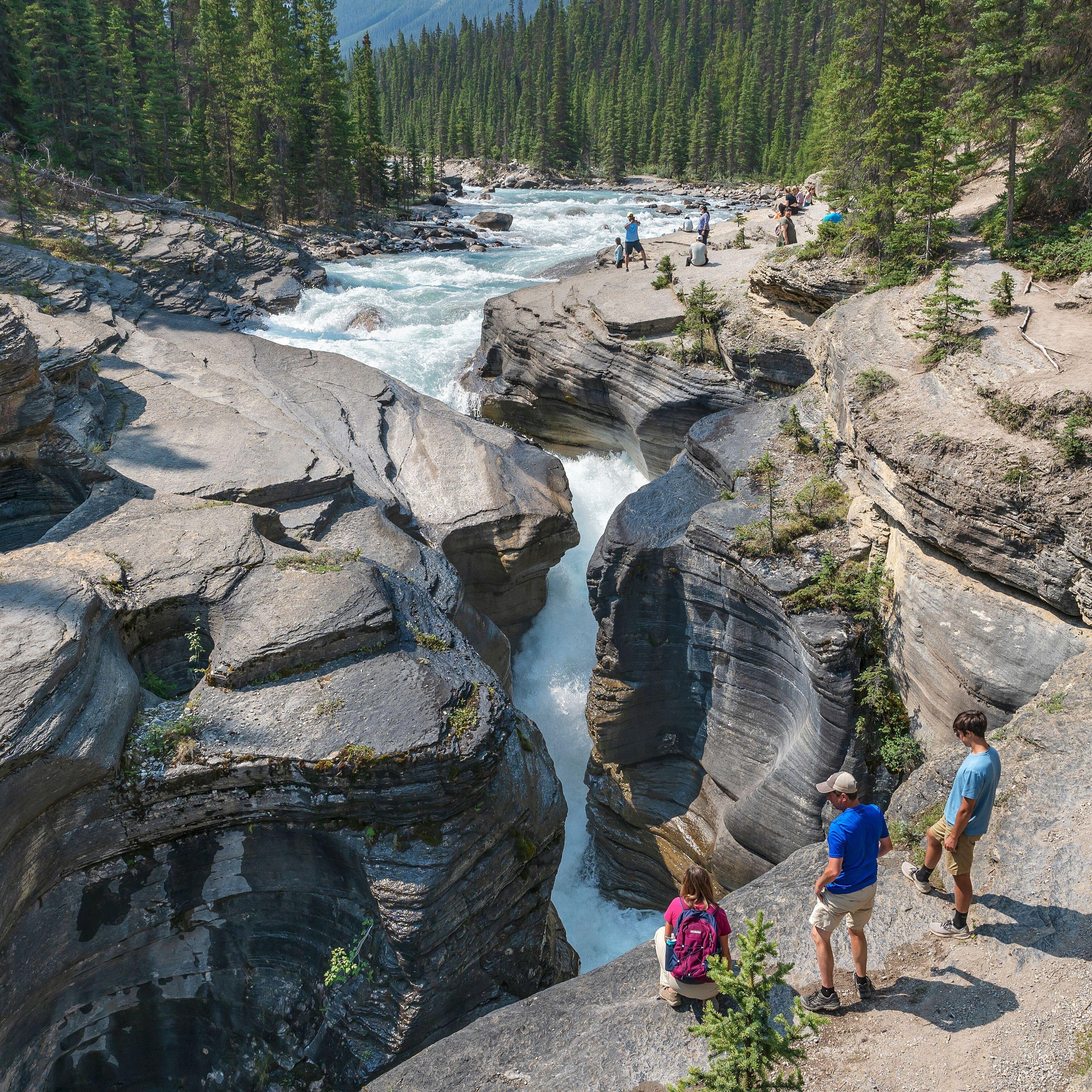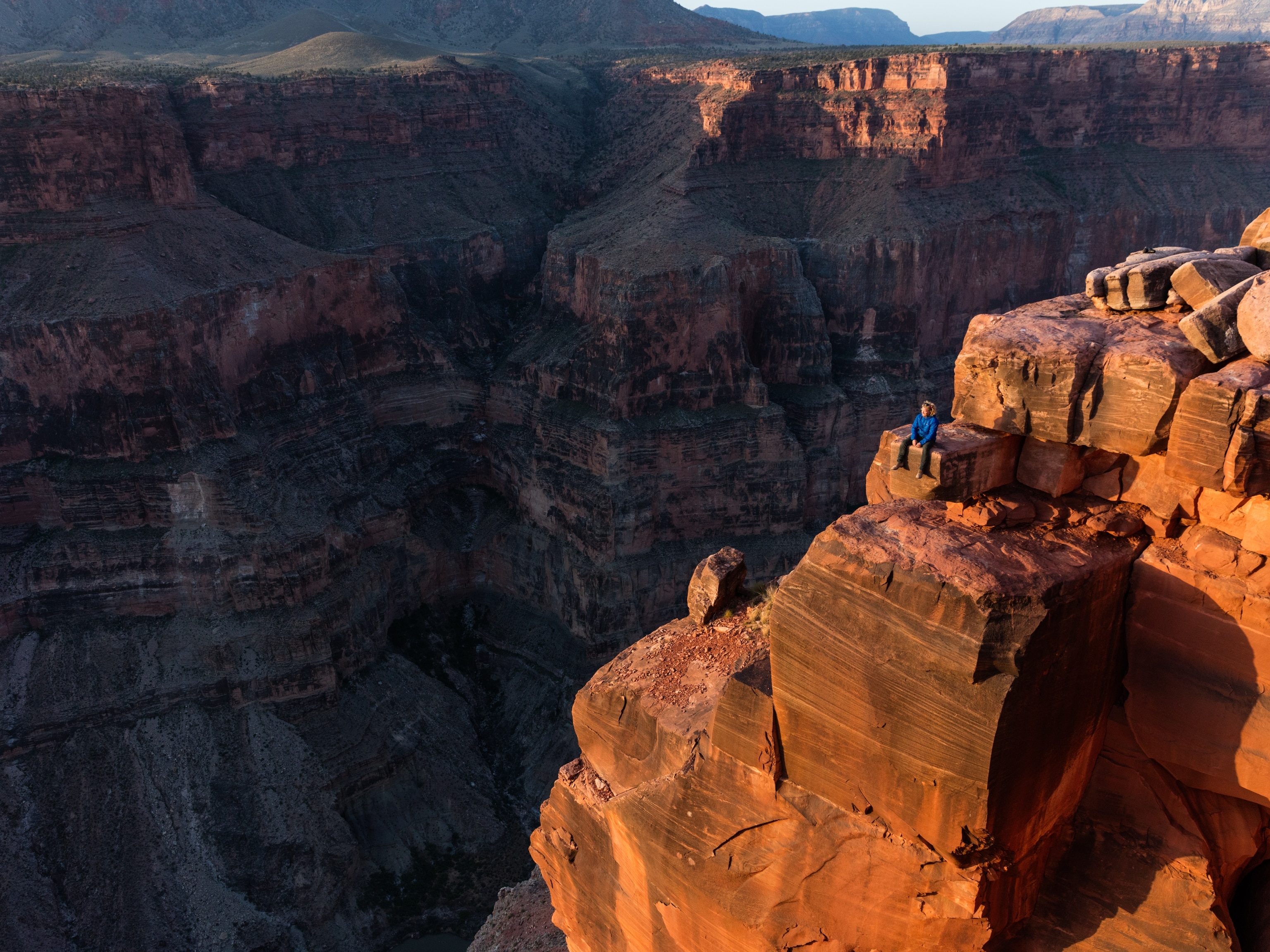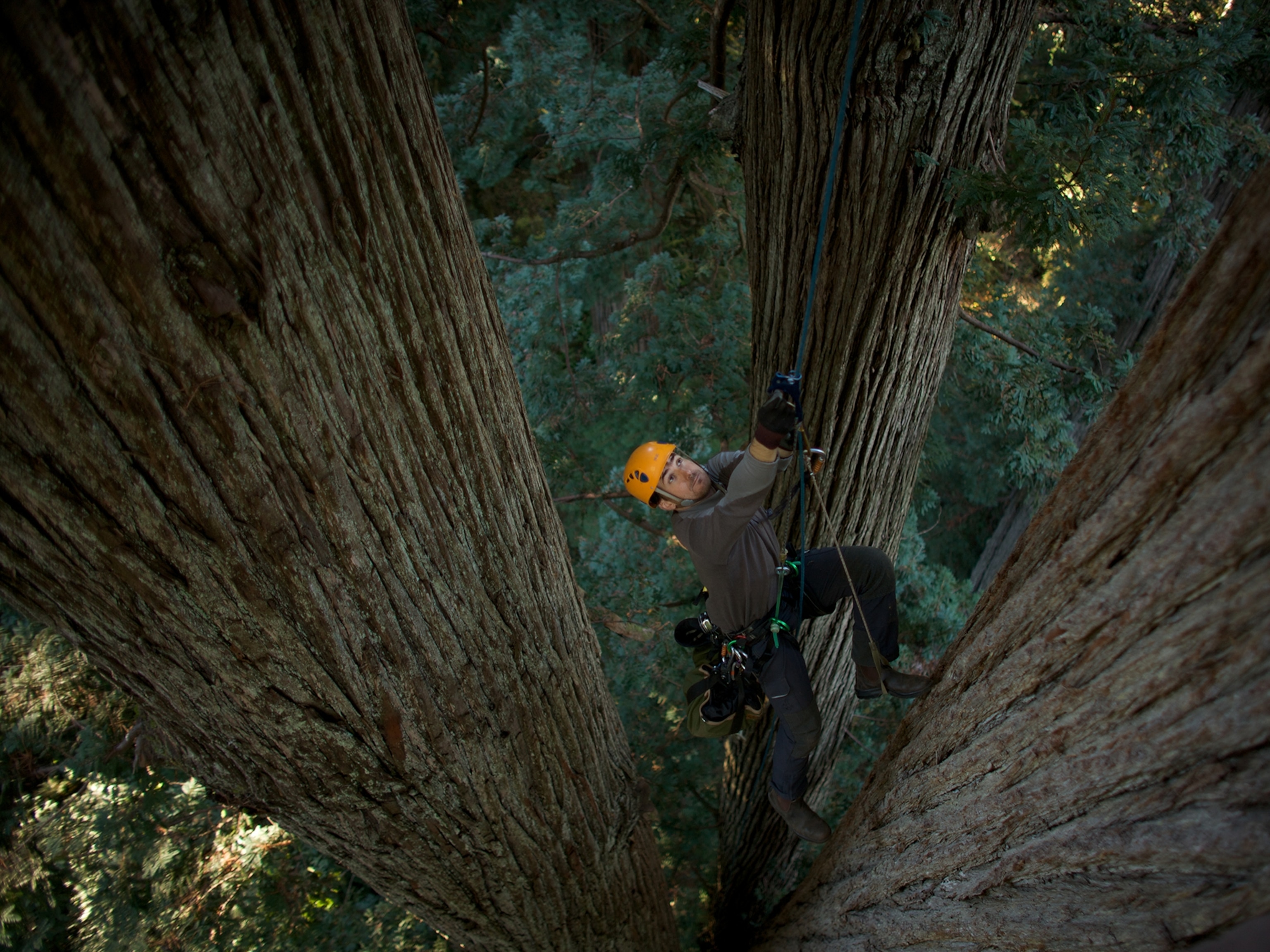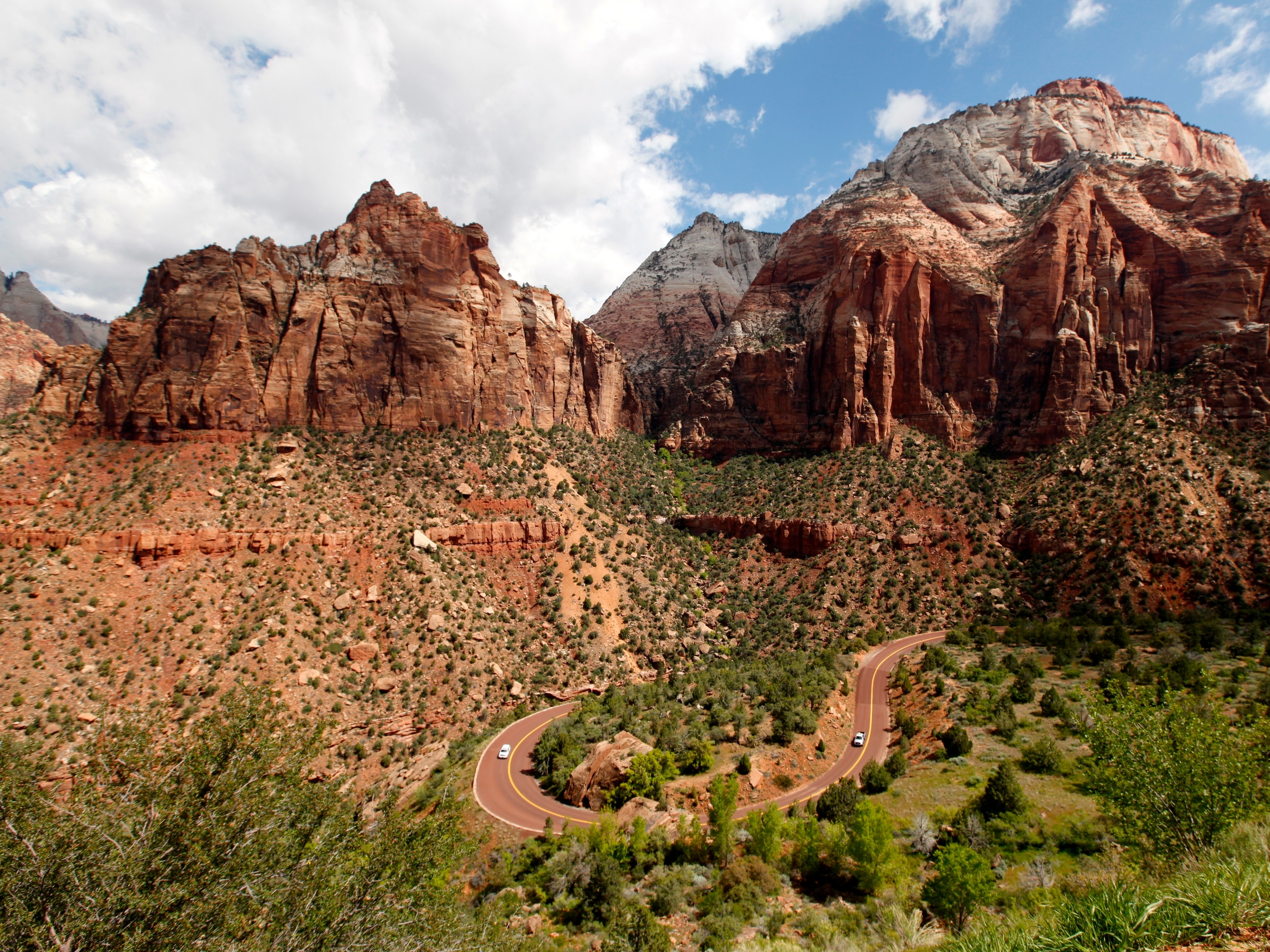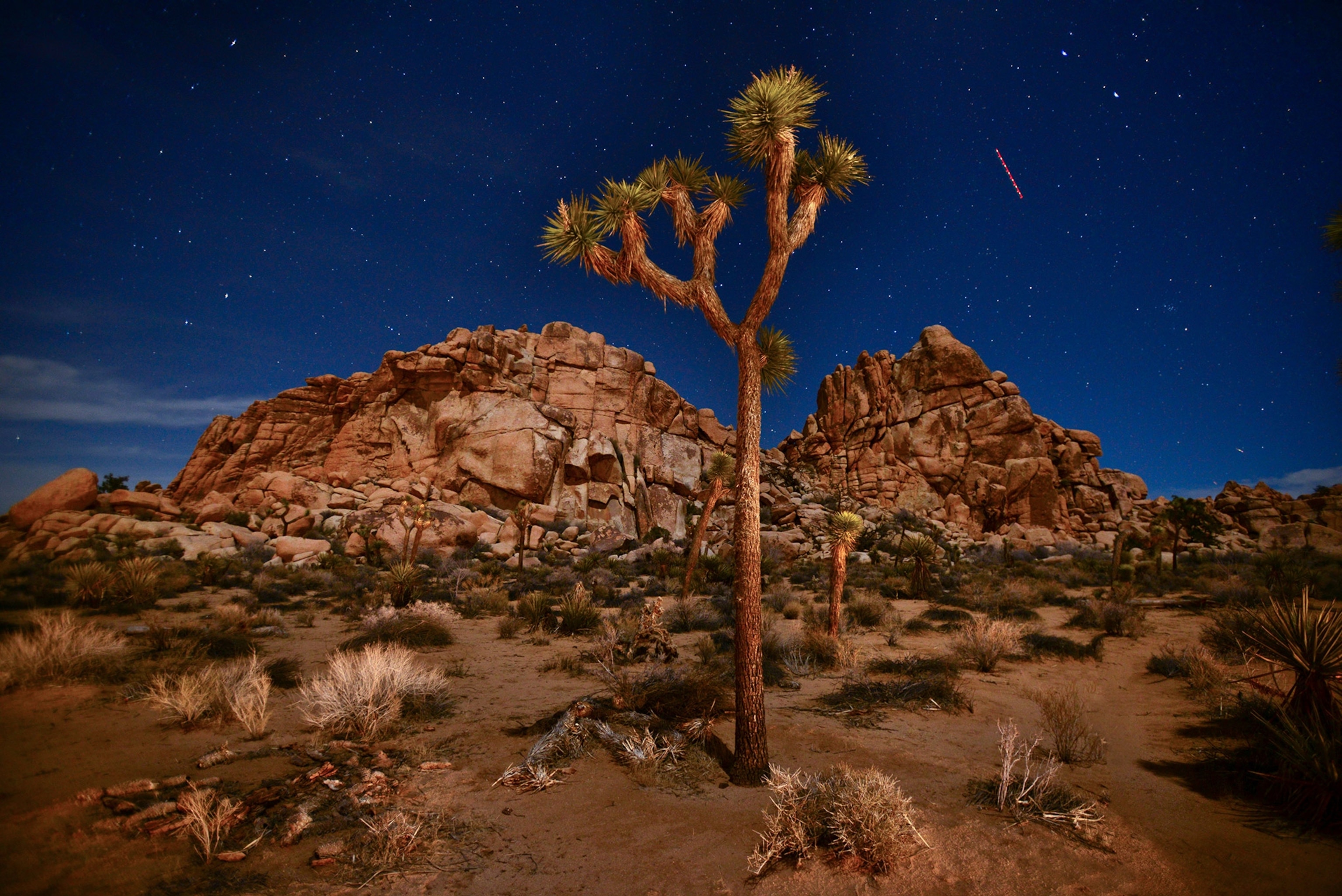
Everything you need to know about Joshua Tree National Park
Arid low desert and vegetated high desert meet in this beloved natural gem, offering visitors stunning vistas and rewarding hikes.
Why you should visit Joshua Tree
An enduring symbol of the Mojave Desert, Yucca brevifolia might be the namesake of this national park in the desert east of Los Angeles. Still, it’s far from the only thing to see at Joshua Tree.
Dozens of trails are open to hiking, biking, and horseback riding, and the stony terrain makes it one of America’s rock climbing meccas. Spring brings a carpet of wildflowers, and the super-clear desert night sky makes the park an oasis for stargazing.
Joshua Tree National Park is often described as an out-of-this-world experience or healing for one’s soul, says Donovan Smith, the park’s public information officer. “With blue sunny skies almost year-round, the wide-open vistas allow the visitor to experience the true vastness of the landscape from almost anywhere in the park. It’s an extraordinary place to connect with the beauty and reliance nature has to offer.”

Newcomers among the three million visitors who pass through each year are often surprised by the abrupt transition between the park’s Mojave and Colorado deserts.
The Mojave or “High Desert” claims the park’s western half, where giant branching yuccas thrive on sandy plains studded by massive granite monoliths and rock piles. These are among the most intriguing and photogenic geological phenomena found in California’s many desert regions.
The Colorado or “Low Desert” thrives on the park’s gently declining eastern flank, where temperatures are usually higher. It often seems sparse and forbidding. Yet here and there are colorful desert “gardens” of flowering ocotillo and cholla cactus.
Joshua Tree fast facts
Location: California
Established: National monument 1936; national park 1994
Size: 795,156 acres
Annual visitors: 3.27 million (2023)
Visitor centers: Joshua Tree, Oasis, Cottonwood, Black Rock
Entrance fee: $30 vehicles; $15 individuals
Website: nps.gov/jotr/
Where to find the best views in the park
Keys View is one of the most iconic panoramas in the entire Park System. It’s located on the crest of the Little San Bernardino Mountains and offers a mile-high vista of Coachella Valley, and at a distance: the Salton Sea, Mount San Jacinto, San Andreas Fault, and the Anza-Borrego Desert. The view is especially enchanting at dusk when Palm Springs, Indio, and other valley cities sparkle with millions of lights.
In the heart of the park, 5,456-foot Ryan Mountain renders bird’s-eye-views of Hidden Valley and Queen Valley at the top of a steep, difficult hike that (out and back) totals three miles.
Where to find the park’s best trails
Three short nature trails in the heart of the park—Hidden Valley, Barker Dam, and Cap Rock—are a great introduction to Joshua Tree’s natural and human history. They’re all a mile or less in distance and take anywhere from 30 minutes to an hour to hike.
Among the more challenging trails that can be accessed from the Hidden Valley area are the eight-mile Boy Scout Trail into the boulder-strewn Wonderland of Rocks and the 36.6-mile California Riding & Hiking Trail—normally done as a two- or three-day backpack trip.
Great hikes in the Cottonwood area include the three-mile route to Mastodon Peak and the seven-point-five-mile trek to remote Lost Palms Oasis.
The best spots to see wildlife
A lot of critters inhabit the cactus and boulder-strewn landscapes of Joshua Tree National Park. Most of them are small, wary, well camouflaged for the desert environment, and most active after dark, making them hard to spot on a casual visit to the park.
“Some key species that are visitor favorites are the bighorn sheep, coyotes, jackrabbits, Mojave Desert tortoises, rattlesnakes, and various bird species,” says Donovan Smith. “They’re a huge part of the vital life that is protected here in JTNP.”
Keys View in the Little San Bernardino Mountains and Wonderland of Rocks and Queen Mountain north of Hidden Valley the best place for spotting desert bighorn sheep, the park’s largest mammal.
Otherwise, it’s a case of luck of being in the right place at the right time. Because desert animals are more active at night, the best time to spot animals in Joshua Tree is just before sunrise and just after sunset. Look for jackrabbits and cottontails around campgrounds, ground squirrels around boulders, and lizards along just about any trail.
Places with water and vegetation—the Oasis of Mara, Barker Dam, Desert Queen Ranch, and Cottonwood Spring—are best for bird watching. Among the species that are easiest to spot with just your eyes are turkey vultures, kestrels, and red-tailed hawks.
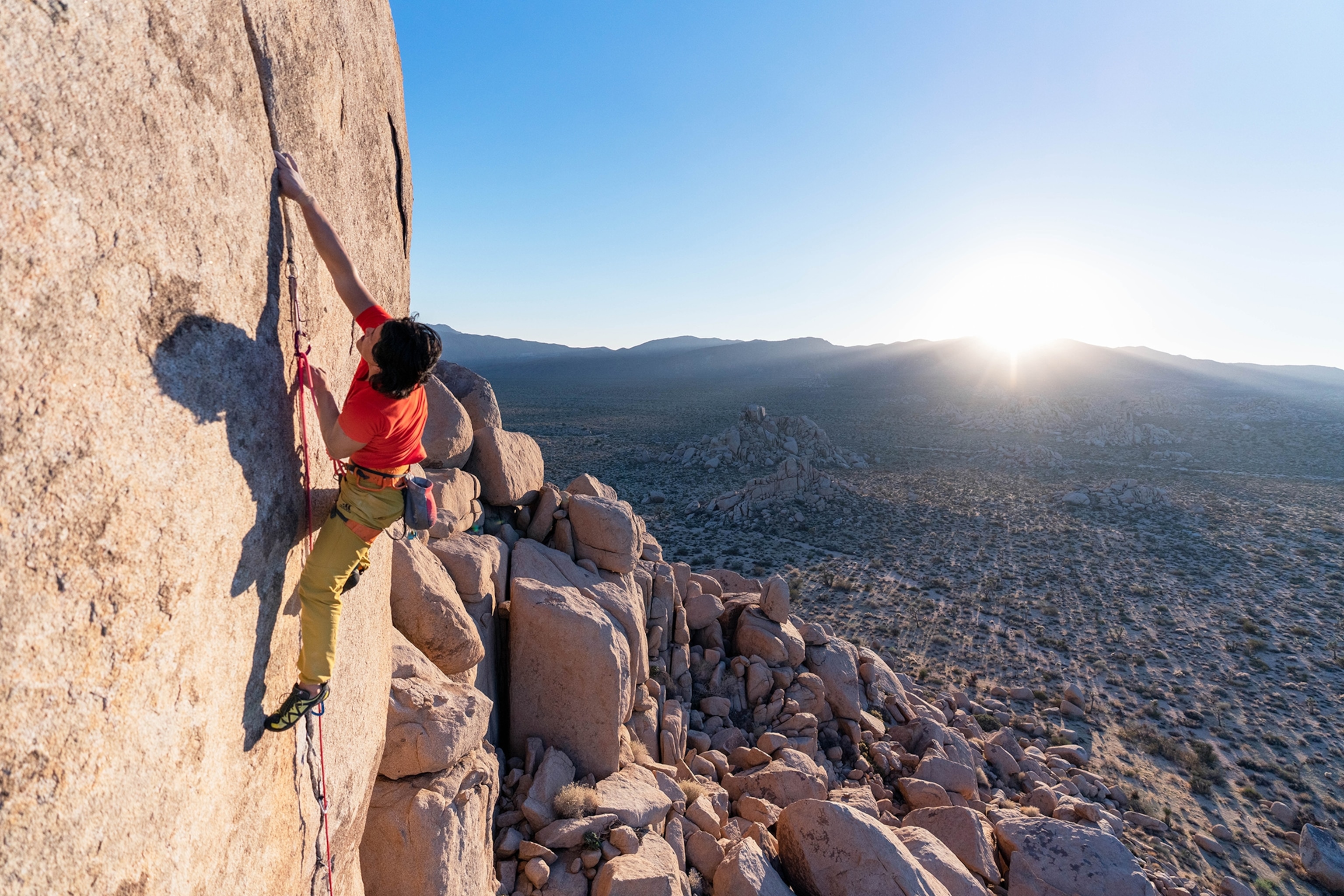
How to visit the park like a National Geographic Explorer
As part of his work as an evolutionary biologist, National Geographic Explorer David M. Althoff collected yucca moths and their parasitic wasps from the fruits of Joshua trees and two yucca species in Joshua Tree National Park. “I was studying what traits make them so specialized and whether the caterpillars are attacked by wasps as they feed in the fruits. “
Car camping his way across the park, Althoff spent his days taking short hikes, surveying plants, and collecting fruits and insects. “Most of the time is spent trying not to get poked by the yucca leaves or the cacti as I walk around and collect fruit from the taller plants,” he laughs. And he always prepared for emergencies and inclement weather with backup supplies like an extra five-gallon jug of water.
Althoff says that many people view Joshua Tree and similar areas of the California desert as dry wastelands. “But if you stop and examine the organisms living there, you realize there is a myriad of amazing creatures. As a scientist, I see these areas as great examples of how evolution can adapt organisms to some really inhospitable places (for humans at least). I like being there for the isolation from our highly connected world, as it gives me a chance to think and reconnect with the natural world.”
Top experiences in Joshua Tree
The park’s premier attractions—forests of giant branching yuccas known as Joshua trees, massive rock formations, fan palm oases, and seasonal gardens of cholla and ocotillo—can be enjoyed on a leisurely half-day auto tour along the main park roads.
Starting from the main visitor center in the town of Joshua Tree, Park Boulevard crosses the western half of the park to Hidden Valley. Along the way, there is a trailhead for the short hike up Cap Rock and ranger-led tours of historic Ryan Ranch as well as the turnoff to panoramic Keys View.
Continuing over Sheep Pass, the boulevard drops into Queen Valley and a huge Joshua tree forest. The 18-mile Geology Tour Road runs south through the valley, with 16 stops along the way that explain how the park’s dramatic landscape was formed. Along the valley’s eastern edge are the Jumbo Rocks and eerie Skull Rock, a natural formation that looks like a skeleton’s head.
Reaching the T-junction at Pinto Wye, drivers turn left and explore the lush Oasis of Mara palm grove beside the Oasis Visitor Center. Or hang a right and follow Pinto Basin Road into the park’s lesser-known eastern expanse where other iconic desert plants—cholla cactus, ocotillo, cottonwood trees, and California fan palms—overshadow the famous trees. The most popular stop along this route is the gorgeous Cholla Cactus Garden.
Cottonwood Visitor Center anchors the park’s southeast corner and a hiking area that includes trails to Mastodon Peak (three miles) and the remote Lost Palms Oasis (seven-point-five miles). Just outside the park, the General Patton Memorial Museum at Chiriaco Summit includes a large collection of battle tanks and mementos of the general’s military exploits from World War II.

Best things to do for families
Keeping kids engaged and entertained at Joshua Tree is just a matter of simple pleasures like camping in the desert and scrambling between giant boulders at Skull Rock, Heart Rock, and other stony outcrops. Or pack a telescope and stargaze in the almost-always-clear Mojave Desert night sky.
Depending on the age of the children, short to medium-length hikes are another great family activity. Among the most kid-friendly trails are Barker Dam, Cholla Cactus Garden, the Oasis of Mara, and the Skull Rock Loop.
Right outside the park, several manmade attractions are bound to thrill the kids including the oddball Noah Purifoy Outdoor Desert Art Museum north of the town of Joshua Tree and Smith's Ranch Drive-In Movie Theater in Twentynine Palms.
Where to stay
Eight campgrounds with more than 500 total spaces provide the only way for visitors to stay overnight inside the park. Five of the campgrounds can be reserved at Recreation.gov while the other three are first-come, first-serve.
Those who need a roof over their head can choose from numerous hotels in the towns of Joshua Tree, Yucca Valley, and Twentynine Palms. Another option is staying in Palm Springs and other Coachella Valley communities—all around an hour’s drive from the park entrances.
Here’s what else you need to know
Fees: $30 for private vehicles, $25 for motorcycles, $15 for individuals. Fees are subject to change, so check the website before heading to the park.
Access: There are only three ways visitors can enter the park: from Yucca Valley in the west, Twentynine Palms in the north, and Cottonwood Springs in the south. From Los Angeles, take Interstate 10 and Highway 62 to Yucca Valley (120 miles) and Twentynine Palms (142 miles); or Interstate 10 to Indio and Cottonwood Spring (160 miles).
When to go: Joshua Tree is open to the public year-round. Temperatures are most comfortable in the spring and fall, with an average high of 85°F and low of 50°F. Winter brings cooler days (around 60°F), freezing nights, and the possibility of snow at the park’s higher elevations. Summers swelter with midday temperatures frequently above 100°F. The spring wildflower bloom usually starts in January or February at lower elevations and peaks park-wide in April through June.
“October through May is our busiest time of year, especially holiday weekends,” advises Donovan Smith. “During this busy time, some parking lots and first-come fire-server campgrounds can fill up as early as 8 a.m. We often see extended entrance station lines from 10 a.m. until 2 p.m.”
Are pets allowed?
Pets are not allowed on hiking trails, park buildings, or anywhere in the backcountry. They are permitted within 100 feet of roads, parking areas, and campgrounds but must always remain on a leash.
Service dogs are allowed anywhere that human visitors can go in the park. However, emotional support, therapy, and companion animals are not considered service animals.
How accessible is Joshua Tree?
All three visitor centers are wheelchair accessible and have accessible parking spaces, information desks, and restrooms. Jumbo Rocks and Indian Cove campgrounds offer accessible campsites and facilities, and the picnic areas at Hidden Valley and Quail Springs are also accessible. With paved surfaces, trails at the Oasis of Mara and Keys View are the best for wheelchairs.
The official park map and brochure are available in braille, large print, and various online formats and there are tactile exhibits at four places in the park.
